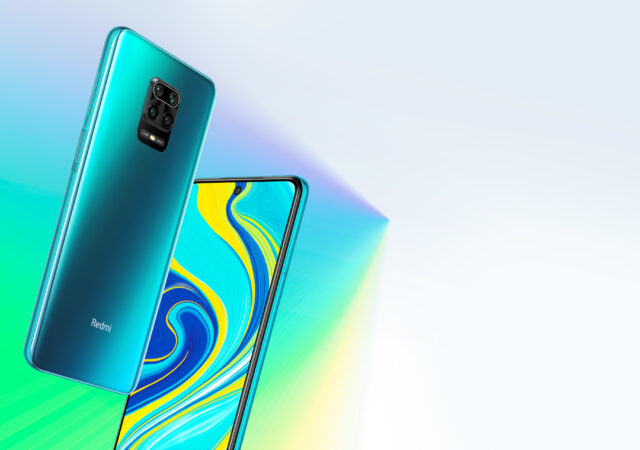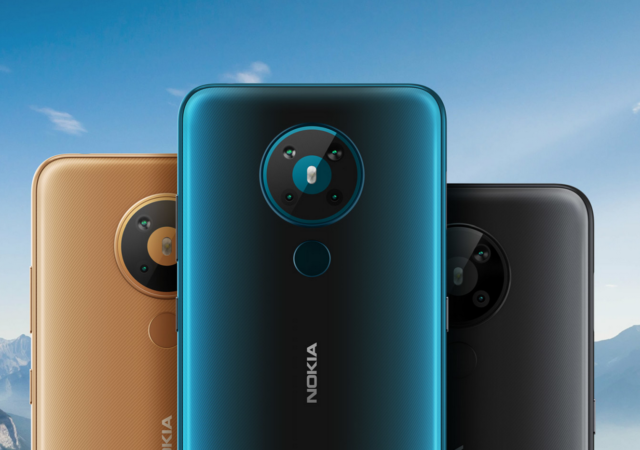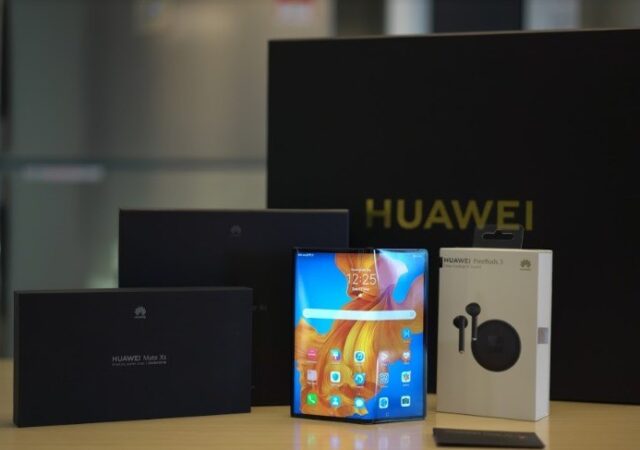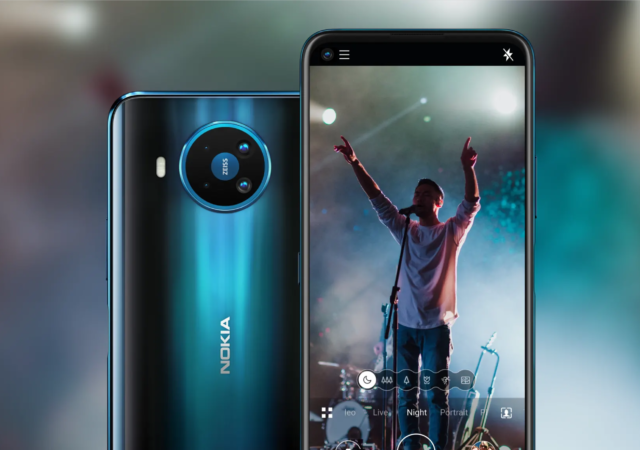Xiaomi just launched their brand new Xiaomi Redmi Note 9S in Malaysia. The mid-ranger will be available 27th March 2020 onward from MYR 799.
Nokia 1.3 Comes with Google’s Camera GO for Android GO
The Nokia 1.3 brings affordable connectivity with improved camera functions with Google’s Camera GO app on Android 10 (GO Edition).
Nokia 5.3 Packs a Mid-ranged Punch with the Snapdragon 665
HMD Global has arguably made Nokia phones a mid-range champion. The company brought back the Nokia brand with a bang with their first generation of Nokia Android smartphones, spearheaded by the original Nokia 5 and Nokia 6. Two years later,…
HUAWEI Mate Xs is Out to Play Today for MYR 11,111!
The highly anticipated HUAWEi Mate Xs foldable smartphone is finally making a landing in Malaysia. The new HUAWEI foldable smartphone is on sale on their web store starting 20th March 2020 today. The HUAWEI Mate Xs goes for MYR 11,111.
The New Nokia 8.3 Makes 5G More Affordable Than Ever
Nokia’s brand has a long history in the telecommunications space. After a successful relaunch into the mobile industry a few years ago, HMD Global, is looking to up the ante with their first 5G device – the Nokia 8.3 5G.…
5 Things You Still Can Buy From OPPO For Lock Down
OPPO Malaysia is giving out discount codes for us to combat the lock down boredom. You can get discounts for selected items and smartphones from OPPO’s online web store, including the OPPO Find X2.
OPPO A91 Launches in Malaysia – Back to Basics
OPPO’s entry-level A91 is launched in Malaysia. The MYR 999 device packs a powerful 48-Megapixel quad camera array and a large 6.1-inch Full HD+ AMOLED display.
OPPO Find X2 Pro 5G Is Coming to Your Doorstep (If You Pre-Order One, Obviously)
OPPO has released the OPPO Find X2 for sale in Malaysia. The OPPO Find X2 Pro, on the other hand, is released only on the 21st March 2020. Pre-orders has started and is ending on the 20th of March. Due to the lockdown in Malaysia OPPO will be delivering the device and more value to customers.
(Updated) Samsung Galaxy Z Flip Makes It’s Malaysian Debut, Pre-orders available now!
Update: The Samsung Galaxy Z Flip’s pre-order is officially open to everyone. You don’t need to have a code anymore. You can now pre-order the Galaxy Z Flip at their official website. The new foldable will be on pre-order until…
Xiaomi Redmi Note 9 Pro Series Announced in India!
It was only a few months ago in September that Xiaomi launched the Redmi Note 8 Pro. Now the all-new replacement has already been announced. New year, new phone am I right? So how much did it improved in just…
















